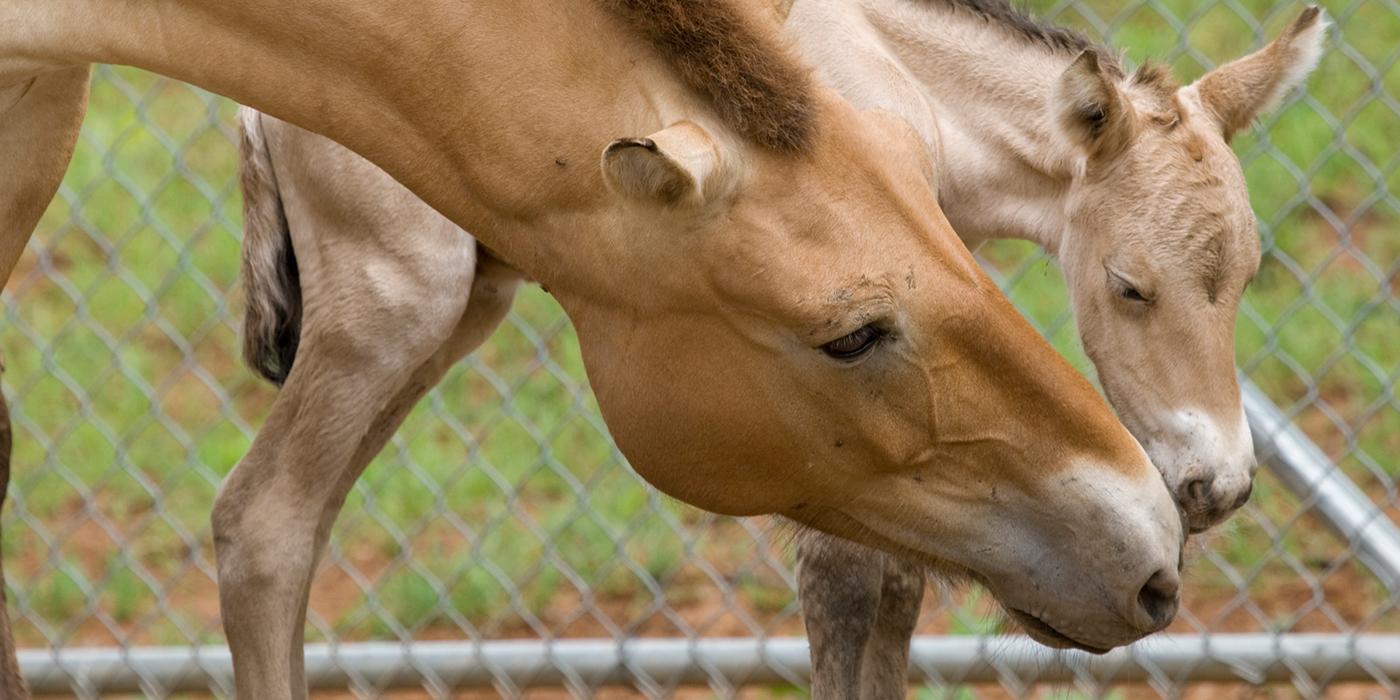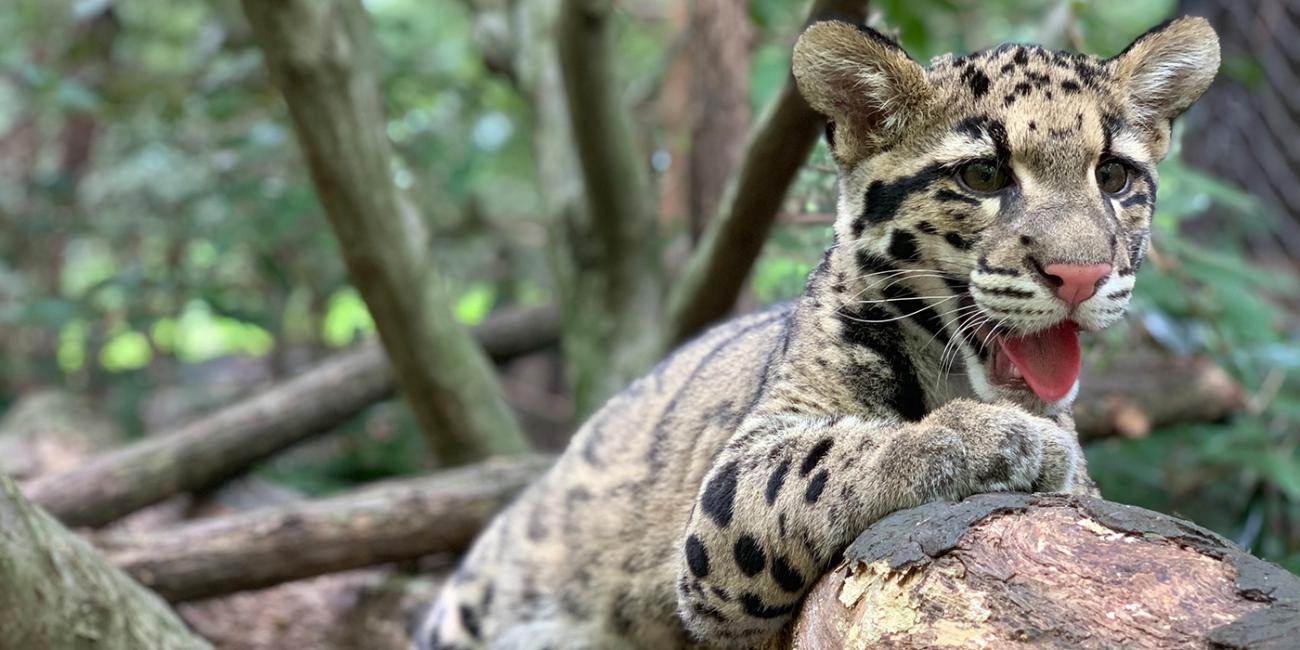Gamete and Embryo Technologies
Gamete (sperm and egg) and embryo technologies, including sperm freezing, in vitro fertilization and embryo transfer have contributed enormously to the improvement of livestock production and human reproductive health.
The Smithsonian Conservation Biology Institute’s Center for Species Survival is a world leader in studying the reproductive biology of domestic and non-domestic species. Scientists conduct basic and applied research to advance the understanding of species-specific reproductive mechanisms. They also develop innovative reproductive tools in order to establish insurance collections of gametes, rescue valuable genetic material and preserve fertility.
Current Projects
- Understanding ovarian follicle development in domestic and wild carnivores and ungulates
- Developing in vitro gonadal (testes and ovary) and ovarian follicle culture technologies to preserve fertility
- Improving sperm, oocyte and embryo cryopreservation technologies and exploring novel approaches for ambient temperature storage
- Integrating genomic and proteomic approaches in the study of gamete, embryo and gonadal tissue function



















